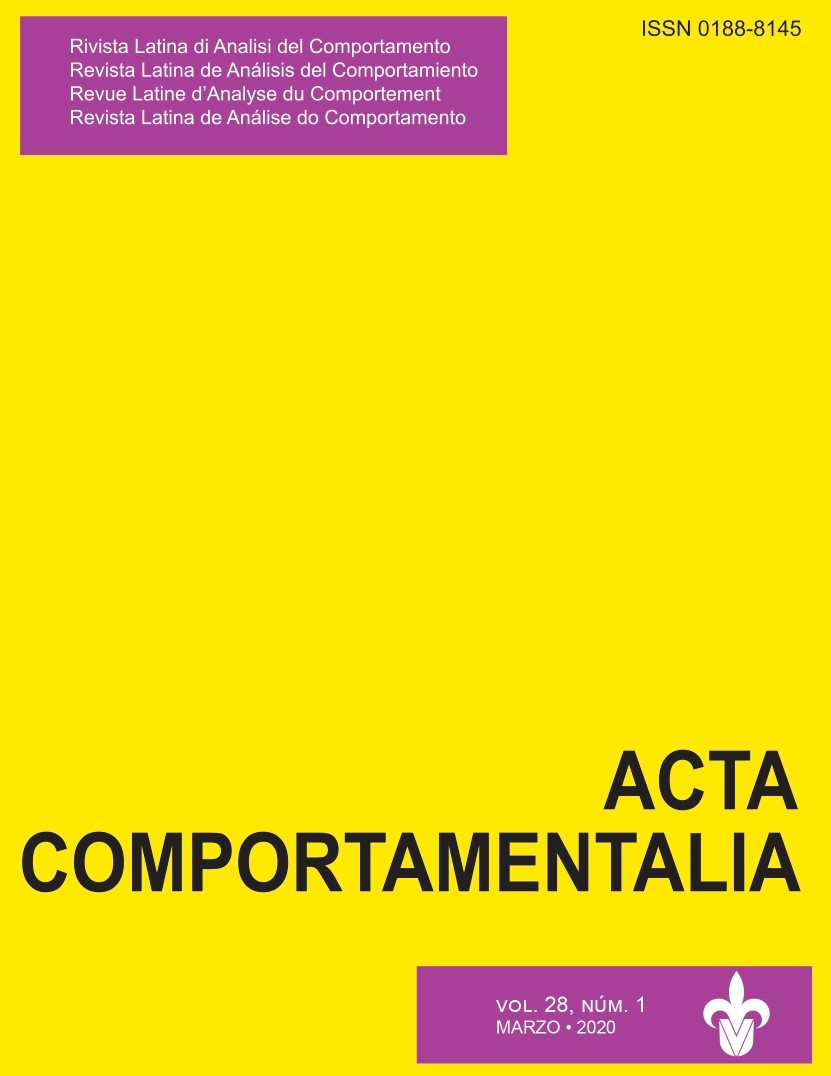Treino de repertório sucessivo ou misto sobre a resolução de problema em Rattus norvegicus
DOI:
https://doi.org/10.32870/ac.v28i1.75178Keywords:
Insight, Recombination of repertoires, Order of training, Problem solving, Creativity.Abstract
Several experimental data have shown that it is possible to generate spontaneous interconnection of behavioral repertories in a problem situation that requires the displacement of a box in order to use it to reach a suspended object, in pigeons (Columba livia). Recent studies tried to replicate this procedure in a similar task designed to rats as subjects (Rattus norvegicus). Nevertheless, the proficiency of the performance in rats was poorer than that observed in pigeons. One noticeable difference is that pigeons were trained in the two repertoires in alternation of one to another and the rats were trained one repertoire at a time. The goal of this study was to identify if an alternated training is more effective to generate spontaneous interconnection of repertories than a successive training in the box displacement test for rats. One pair was trained in one repertoire at a time per session, until learning criteria was reached. The other pair was trained in the two repertoires alternated in each session. All the subjects solved the final task. The pair trained in the procedure of alternation of repertoires had slightly better performance than the pair subjected to the successive procedure. One subject from the alternation group emitted the expected sequence of behavior 12 times and the other 8 times. The two subjects from the other pair emitted 5 and 3 times the sequence. The results suggest that the order of training have little influence on the proficiency of problem solving at this specific task. The performance observed in pigeons was successfully reproduced in rats and the task is useful to further investigations about determinant variables of sponteaneous interconnection.
Downloads
Downloads
Published
How to Cite
Issue
Section
License

<a rel="license" href="http://creativecommons.org/licenses/by-nc-sa/4.0/"><img alt="Licencia de Creative Commons" style="border-width:0" src="https://i.creativecommons.org/l/by-nc-sa/4.0/88x31.png" /></a><br />Este obra está bajo una <a rel="license" href="http://creativecommons.org/licenses/by-nc-sa/4.0/">licencia de Creative Commons Reconocimiento-NoComercial-CompartirIgual 4.0 Internacional</a>.



